I’ve written a lot about writing workshop here on my blog. I love writing workshop for so many reasons! It’s motivating for students, gets them writing more, and has many other benefits.
But what about prompt writing?
When we ask students to respond to questions in writing, we’re not really following the writing workshop model. Prompt writing tends to be more structured, and students have less choice.
So if we use the writing workshop model, should we avoid having students respond to prompts?
My answer to that question is “no, not at all!” Although I love the writing workshop model, I think it’s very important that students also learn how to respond to prompts in writing.
For one, it’s important because students will have to respond to prompts throughout their school careers.
However, prompt writing is ALSO important to life outside of school.
As adults, we are required to do “on demand” writing tasks all the time. Whenever you write a cover letter, an email to a parent, a note to your principal, a grant…that’s “on demand” writing. You have to follow certain guidelines and perhaps a certain format. Although you’re not always given an explicit question/prompt to answer, you’re basically still responding to one (“What happened to Jimmy on the playground?” “What supplies do you need for your classroom?” etc.).
Although many of our adult writing tasks are similar to prompt writing, we also have opportunities to do “writing workshop” writing. If we want to journal, write creatively, write a letter, or write a blog post, we can write whatever we like! Some people even make careers out of writing. So writing workshop has valuable “real world” applications too.
I believe strongly that writing workshop AND prompt writing activities are important components of writing instruction. And in this post, I’ll provide suggestions for integrating these two types of writing!
Defining Each Type Of Writing
Before we talk about how to integrate these writing activities, let’s define what they are.
Here’s how I define writing workshop:
- The entire class is working within one genre, or on a specific skill set.
- The teacher teaches mini-lessons on the genre or specific skill set.
- The teacher models writing frequently.
- Students have daily writing time.
- Students choose their own topics.
- Students work through the writing process at their own pace.
- “Finishing early” doesn’t exist; students consistently start new writing pieces upon finishing.
- Students have opportunities to collaborate and share their work with others.
- Units of study can last weeks or months.
and prompt writing:
- The entire class is responding to the same prompt or similar prompts.
- The teacher teaches mini-lessons to facilitate students’ success with the prompt.
- The teacher models how to respond to all of or parts of the prompt.
- Students are at the same or similar stages in the writing process at the same time.
- Students may have opportunities to share their work with others.
- Students typically spend just a few days on each piece of writing.
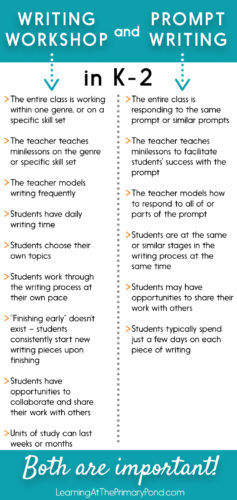
Integrating Writing Workshop and Prompt Writing
Writing workshop serves as the foundation for my writing instruction. We spend a great deal of our writing time throughout the year in writing workshop units that are structured around genres (i.e. personal narratives, nonfiction, etc.).
So where does prompt writing fit in?
Personally, I like to include 1-2 weeks of prompt writing in between units. If we have just finished a unit on personal narratives, for example, we will then spend a week or two answering personal narrative or narrative writing prompts. I help students understand that we’re still working in a similar genre—but we are writing for a different purpose.
My first and second grade writing workshop units are a bit longer, so I sometimes insert a week of prompt writing in the middle of a unit. I structure my units so that they have natural mid-unit stopping points, which makes the transition smooth, rather than abrupt.
Really, whenever you have students publish and share a piece of work, you can transition to a different type of writing. However, I do like to spend at least a week on either workshop or prompt writing, for purposes of continuity.
Also, although we aren’t always doing the same type of writing, the structure of my writing block remains the same. Whether we’re working on writing workshop pieces or responding to prompts, here’s the structure of the block:
- 10 minute mini-lesson
- 20+ minutes of writing time
- 5 minutes of sharing time
This helps keeps things consistent for students.
Integrating Writing Workshop and Prompt Writing
In summary, writing workshop AND prompt writing are important instructional activities.
As adults, we engage in both types of writing, so we need to teach our students how to do the same!
Looking for writing workshop and/or prompt writing resources? Click on any of the images below!
Happy teaching! 🙂

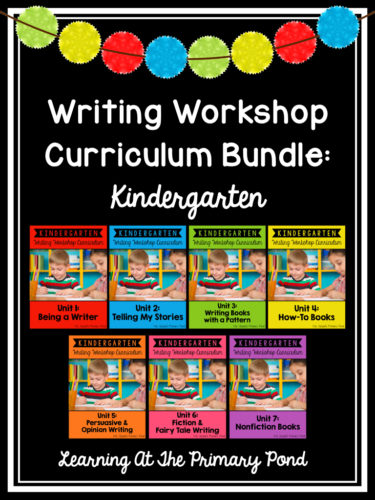
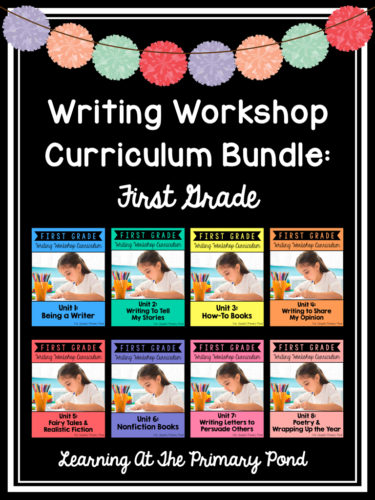
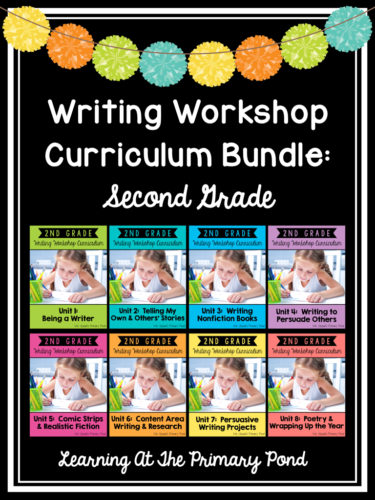
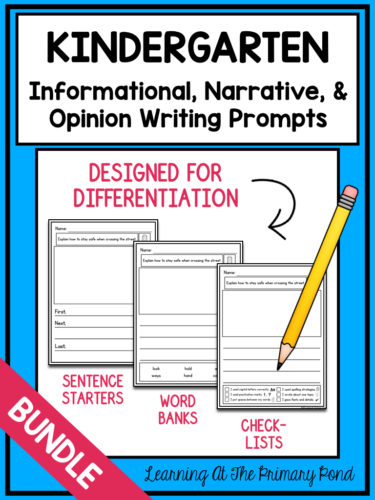
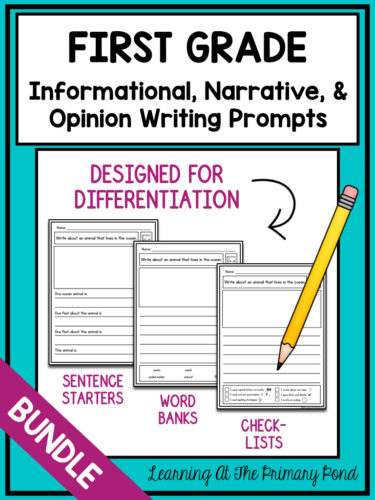
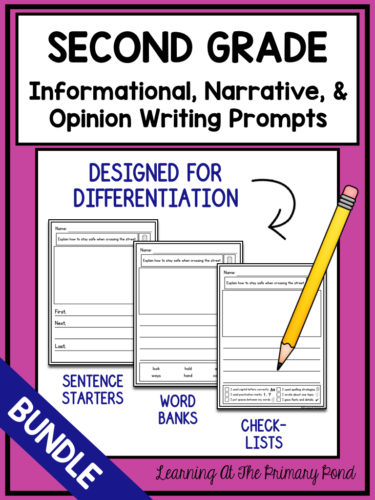

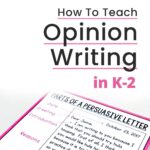
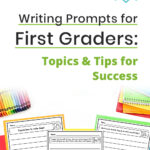
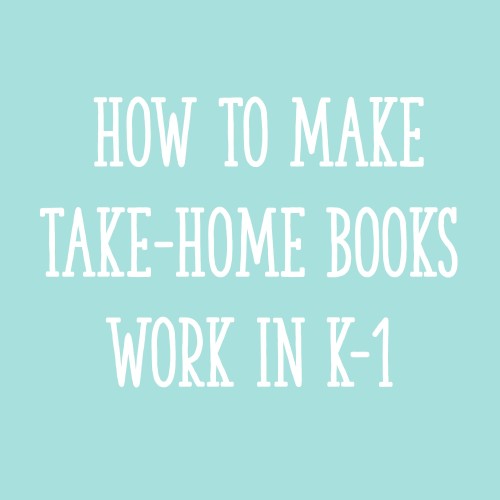
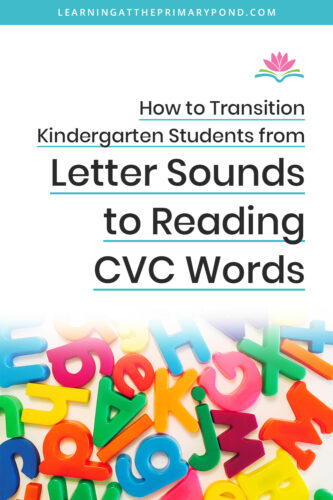







I purchased your writing units for first grade. Do the lesson plans tell you when to include prompt writing? I’m thinking of purchasing your prompts also. I was all over the place with my writing instruction this year. I need to simplify!
Hi Sandy! Those lessons do not mention prompt writing, so what I would do is teach a unit in one genre (i.e. narratives) and then spend 1-2 weeks on prompt writing in the same genre (narrative). This could be a really streamlined way of getting in workshop and prompt writing!
Alison
Hello! Do you archive the webinar that you did for this writing curriculum in any way or was it only able to be viewed in real time?
Hey Danielle, yes! Email me at Alison@learningattheprimarypond .com and I will send over the link. 🙂
Alison
How do these align with SOR/structured literacy skill progressions?
Hey, Joanna! Here’s a blog I wrote about SOR – let me know if this answers your question! https://learningattheprimarypond.com/blog/what-is-the-science-of-reading/